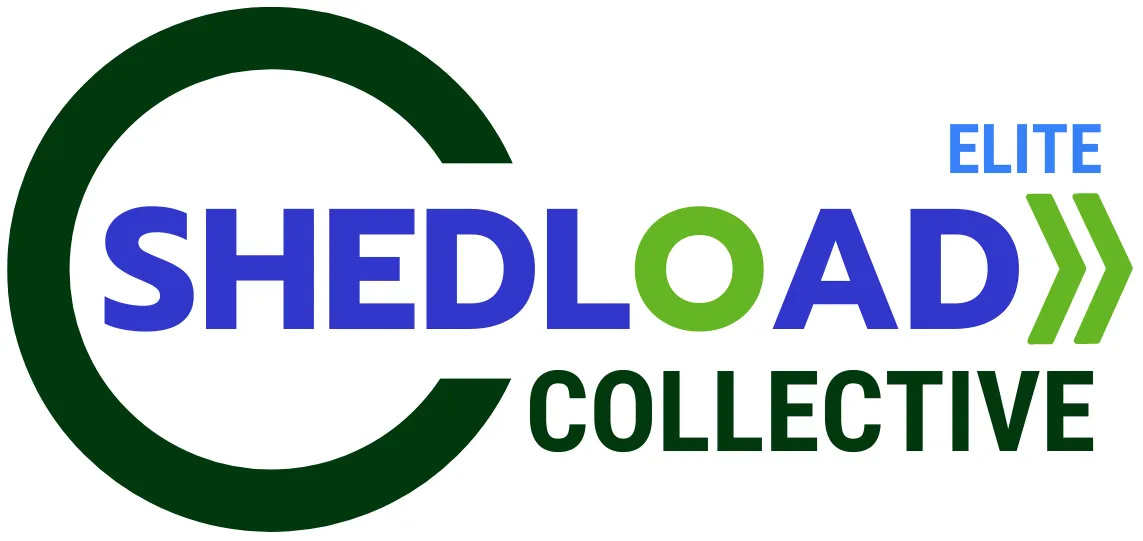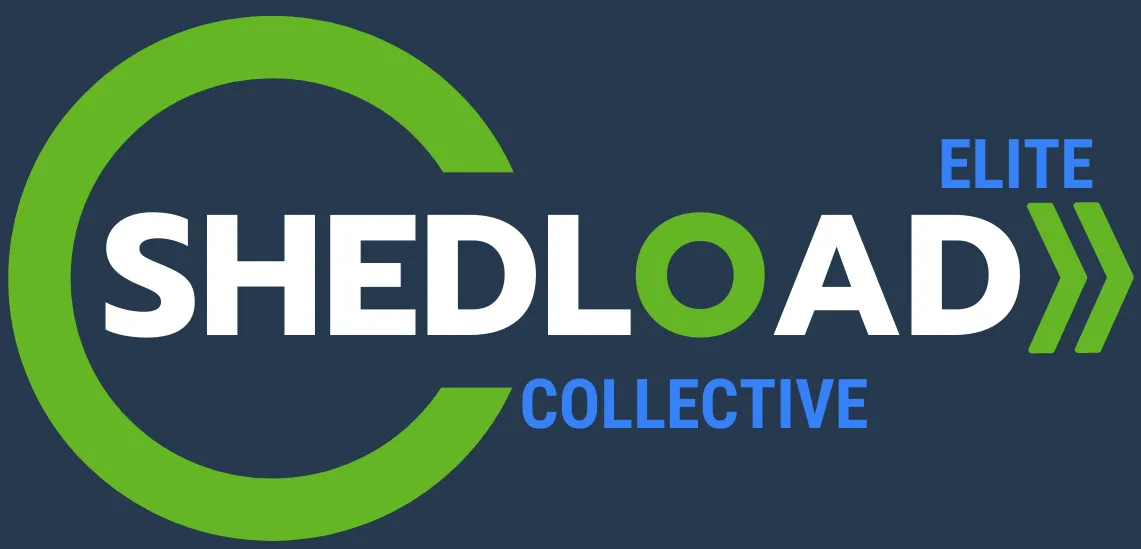
Marginal Utility Theory and It’s Role in Business Profit Acceleration
Marginal utility theory is a fundamental concept in microeconomics that helps explain consumer behavior and, by extension, inform business strategies aimed at increasing profitability. At its core, marginal utility refers to the additional satisfaction or benefit a consumer gains from consuming one more unit of a good or service.
The most significant aspect of this theory for businesses is the Law of Diminishing Marginal Utility. This law states that as a consumer consumes more and more units of a particular good or service, the additional satisfaction or utility they derive from each additional unit tends to decrease. Think of eating pizza: the first slice provides immense satisfaction if you're hungry, the second is still good, but by the third or fourth slice, the extra enjoyment gained from each subsequent slice is likely to be less than the one before it. Eventually, marginal utility could even become negative if consuming more leads to discomfort.
How Marginal Utility Theory Applies to Profit Acceleration
Understanding marginal utility theory is crucial for businesses seeking to accelerate profit because it provides insights into customer behavior, willingness to pay, and the perceived value of products and services. Here's how it applies to profit acceleration:
· Optimizing Pricing Strategies: The law of diminishing marginal utility directly impacts how much customers are willing to pay for additional units. Businesses can leverage this by:
· Tiered Pricing: Offering different price points for varying quantities or levels of service. The price per unit might decrease as the quantity increases (e.g., bulk discounts), recognizing that the marginal utility of additional units is lower for the customer.
· Bundling: Combining several products or services into a package can increase the perceived total utility for the customer, even if the marginal utility of individual items has diminished. This can justify a higher overall price for the bundle.
· Value-Based Pricing: By understanding the initial high marginal utility a customer receives from the first unit or core offering, businesses can set a premium price that reflects this high initial value. As the customer consumes more or utilizes additional features, pricing for subsequent units or add-ons can be adjusted to reflect the diminishing marginal utility.
· Enhancing Product and Service Offerings: Recognizing diminishing marginal utility encourages businesses to think beyond simply selling more of the same thing. To maintain or increase customer satisfaction and willingness to pay, businesses can:
· Innovate and Differentiate: Introduce new variations, features, or complementary products/services that offer new sources of utility and combat the decline in marginal utility from existing offerings. This is why businesses frequently update products or offer a range of related services.
· Focus on the "Next" Unit of Utility: Instead of pushing customers to consume excessive amounts of a product where marginal utility is low, focus on providing the next most valuable thing to that customer. This could be an upgrade, a related product, or a complementary service.
· Improving Customer Experience and Retention: While often discussed in terms of satisfaction, customer experience ties directly into utility. A positive and seamless experience increases the utility derived from a product or service beyond its core function. Businesses can accelerate profit by:
· Identifying Pain Points: Address aspects of the customer journey where the "utility" or satisfaction decreases significantly. Resolving these can increase the overall perceived value and encourage continued consumption or engagement.
· Personalization: Tailoring offerings and interactions to individual customer preferences can increase the relevance and utility of each additional interaction or purchase.
· Optimizing Resource Allocation: Understanding that the return on investment (in terms of utility or satisfaction) may diminish with increased consumption helps businesses allocate their resources effectively. Instead of over-investing in areas where marginal utility for the customer is already low, resources can be redirected to areas that offer higher marginal utility gains.
In the context of profit acceleration, marginal utility theory provides a framework for understanding customer value from the customer's perspective. By strategically adjusting pricing, product development, and customer interactions based on the principles of marginal utility, businesses can more effectively capture value, encourage repeat business, and ultimately accelerate their profitability. It's about ensuring that each additional unit consumed or each subsequent interaction with the business continues to provide meaningful value to the customer, thereby supporting sustained revenue and profit growth.
Are you interested in learning more about our different coaching offerings? Feel free to contact us anytime and check out our wide range of services to support whatever short or long term needs you’re currently facing.



